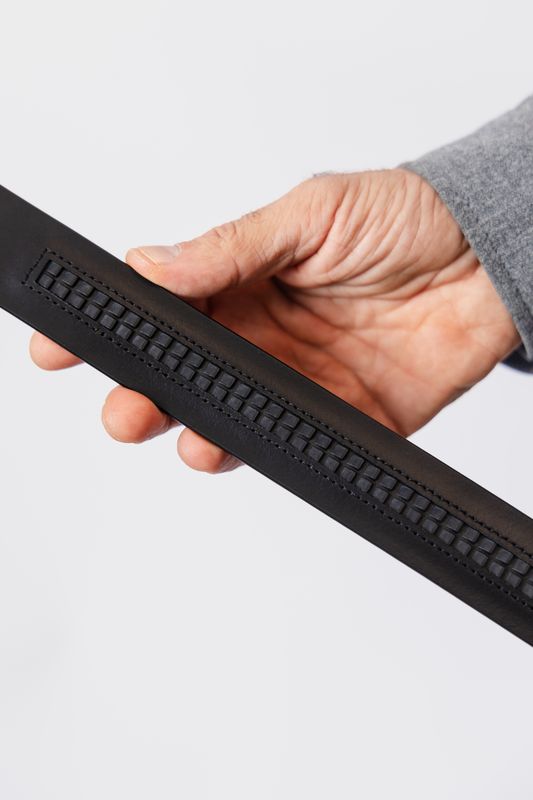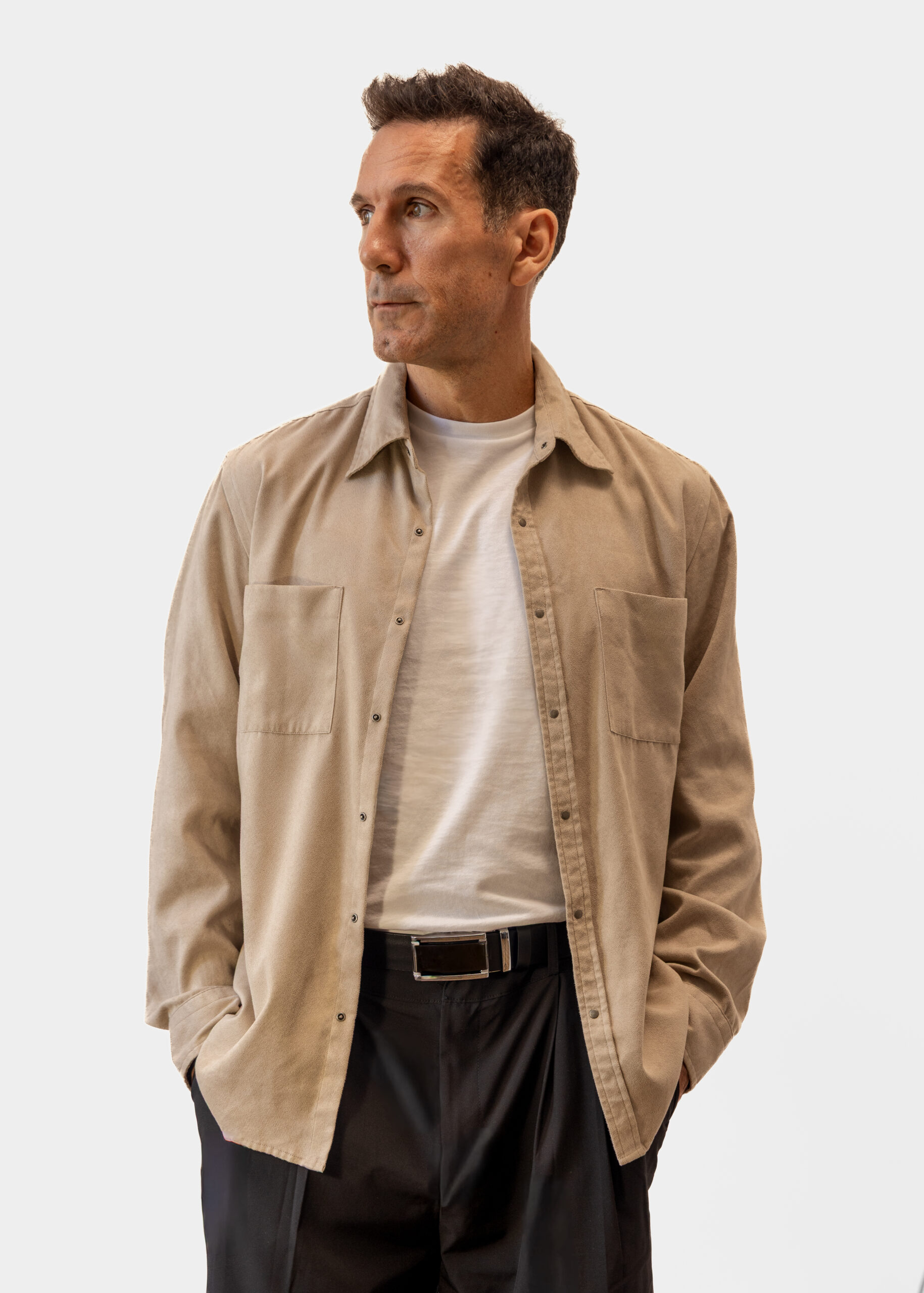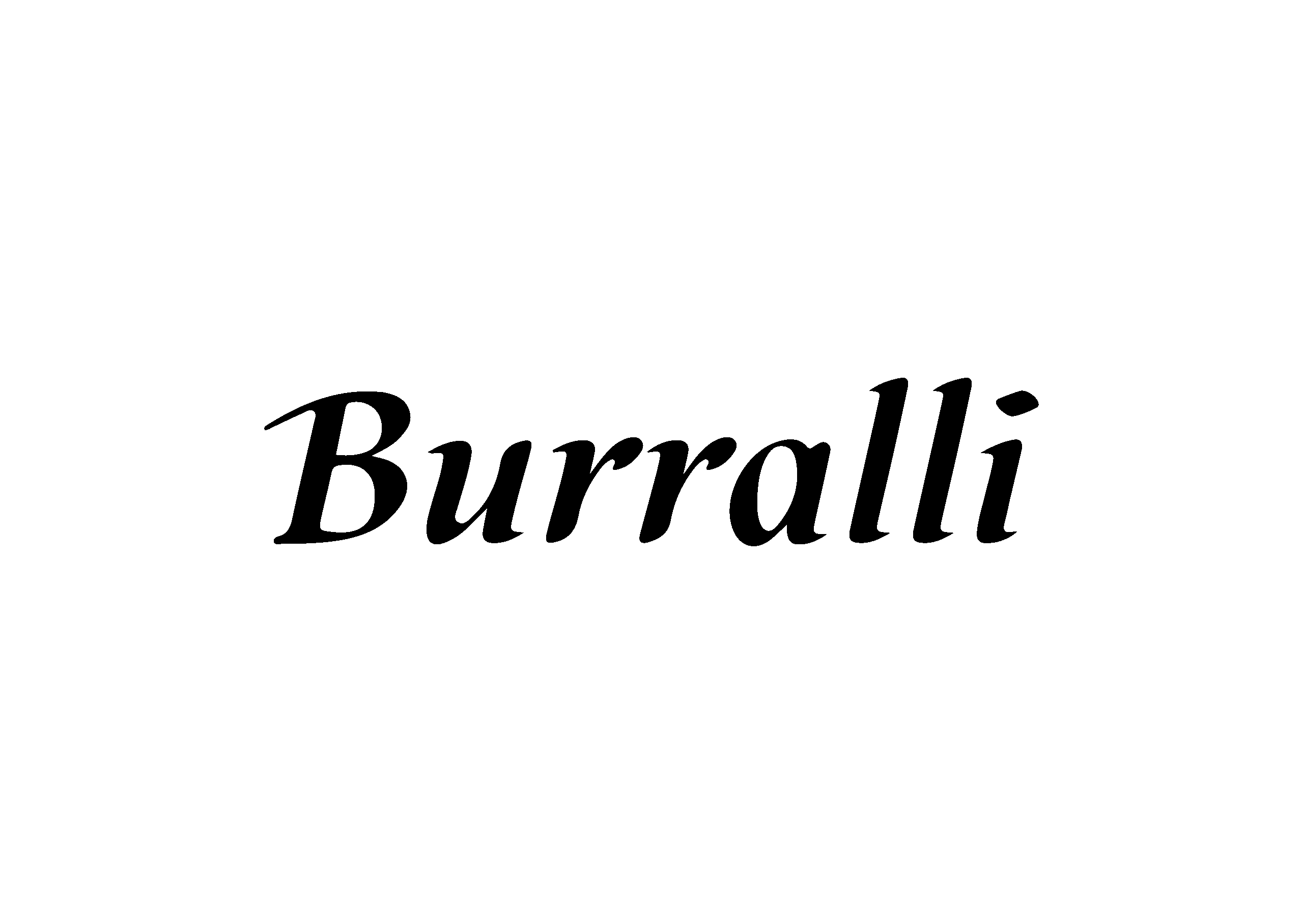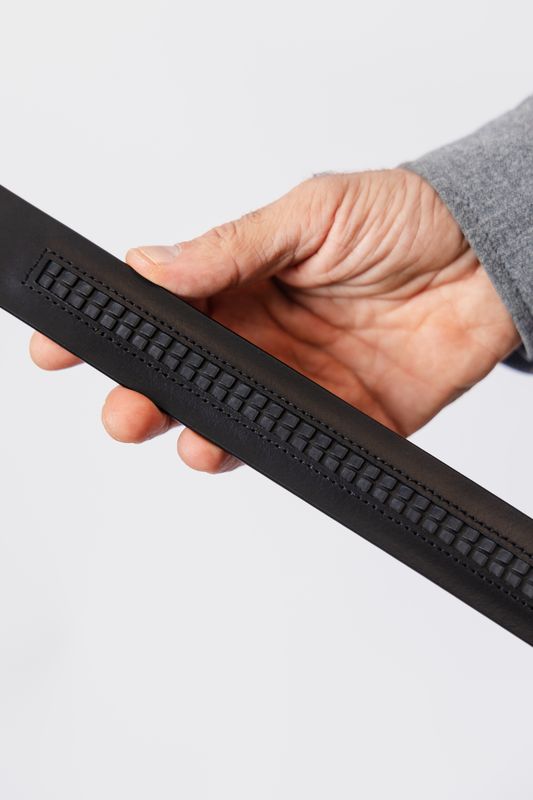No products in the cart.

The quiet luxury of full grain leather
There’s a moment when you first handle full grain leather where everything else feels like compromise.
It’s not something that needs explaining — you feel it. The density. The way it moves. The promise of decades rather than seasons.
At Burralli, we work exclusively with full grain leather. Not because it’s a selling point, but because anything else would be a betrayal of what we’re trying to achieve. When you’re creating pieces meant to become part of someone’s daily ritual, the foundation cannot be anything less than exceptional.
The nature of permanence
Full grain leather doesn’t age — it evolves. This isn’t marketing poetry but observable reality. The belt you wear today will be fundamentally different in five years, yet somehow more itself. Deeper in color where your hands have touched it most. Shaped to your particular way of moving. Marked by your specific life.
This evolution happens because full grain leather remains alive in ways that processed alternatives cannot. The fiber structure, untouched by sanding or correction, continues to respond to oils, to pressure, to time itself. Each day adds rather than subtracts. Each wear deepens rather than deteriorates.
We’ve seen Burralli belts after a decade of daily wear. They’re beautiful in ways we could never have designed. The patina tells stories we couldn’t have predicted. They’ve become artifacts of individual lives, irreplaceable not because of what they cost but because of what they’ve absorbed.
The discipline of selection
Not all full grain leather deserves the name. The market is flooded with technically accurate descriptions that miss the point entirely. Yes, the surface remains intact. No, that doesn’t automatically mean quality.
Our leather comes from specific sections of specific hides from specific tanneries. The back and shoulder, where the fiber structure is densest. Vegetable tanned over months, not days. From facilities where time hasn’t been sacrificed for volume.
The thickness matters. Too thin and it lacks presence. Too thick and it becomes stubborn, refusing to conform. We’ve found the point where structure meets suppleness, where a belt can hold its shape while moving naturally with you.


When we reject a hide — and we reject many — it’s not always for obvious flaws. Sometimes the grain is too loose. Sometimes the hand isn’t quite right. Sometimes it’s perfect on paper but lacks that indefinable quality that separates good from exceptional. These distinctions matter when you’re creating pieces meant to last decades.




Leave a Reply